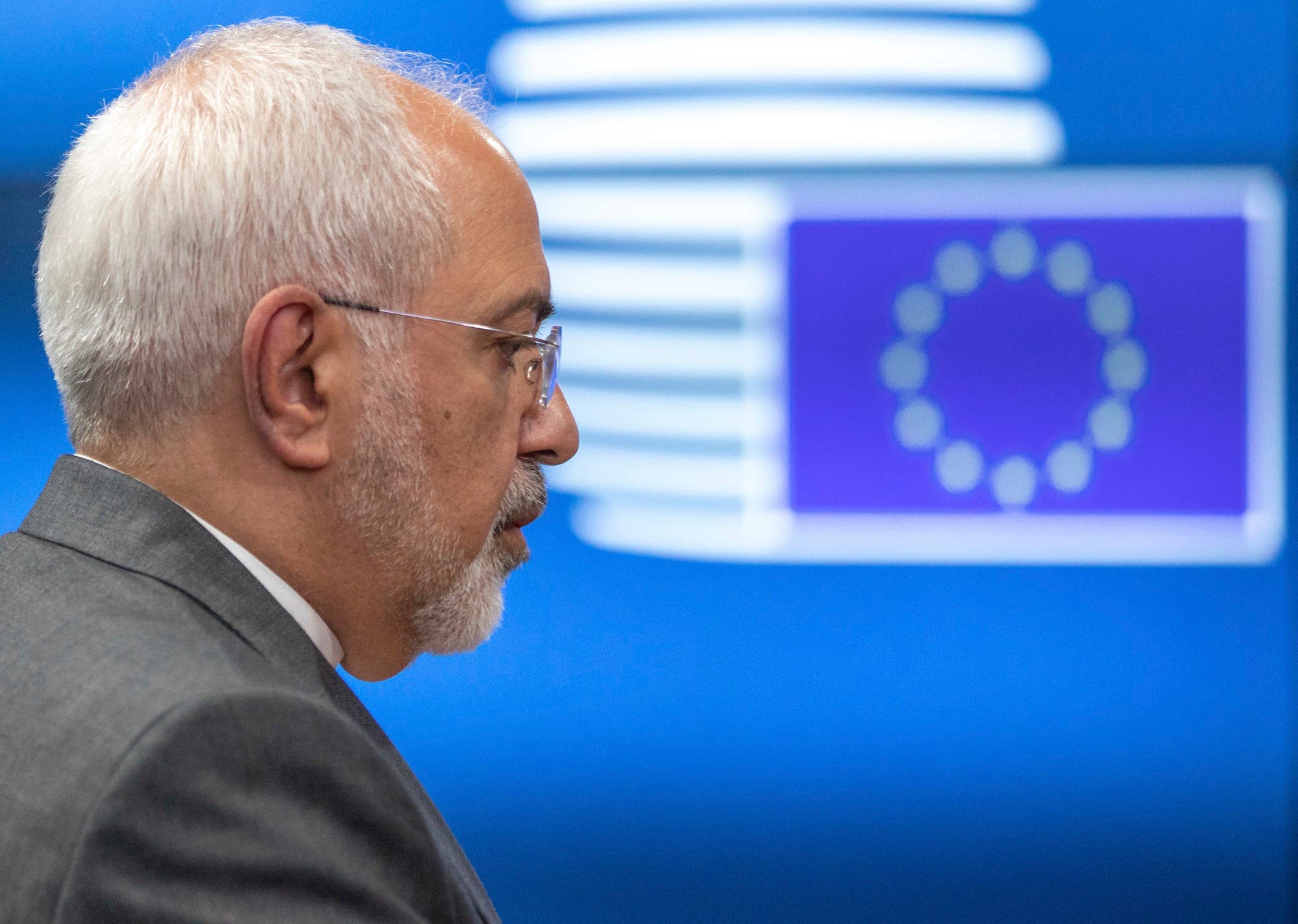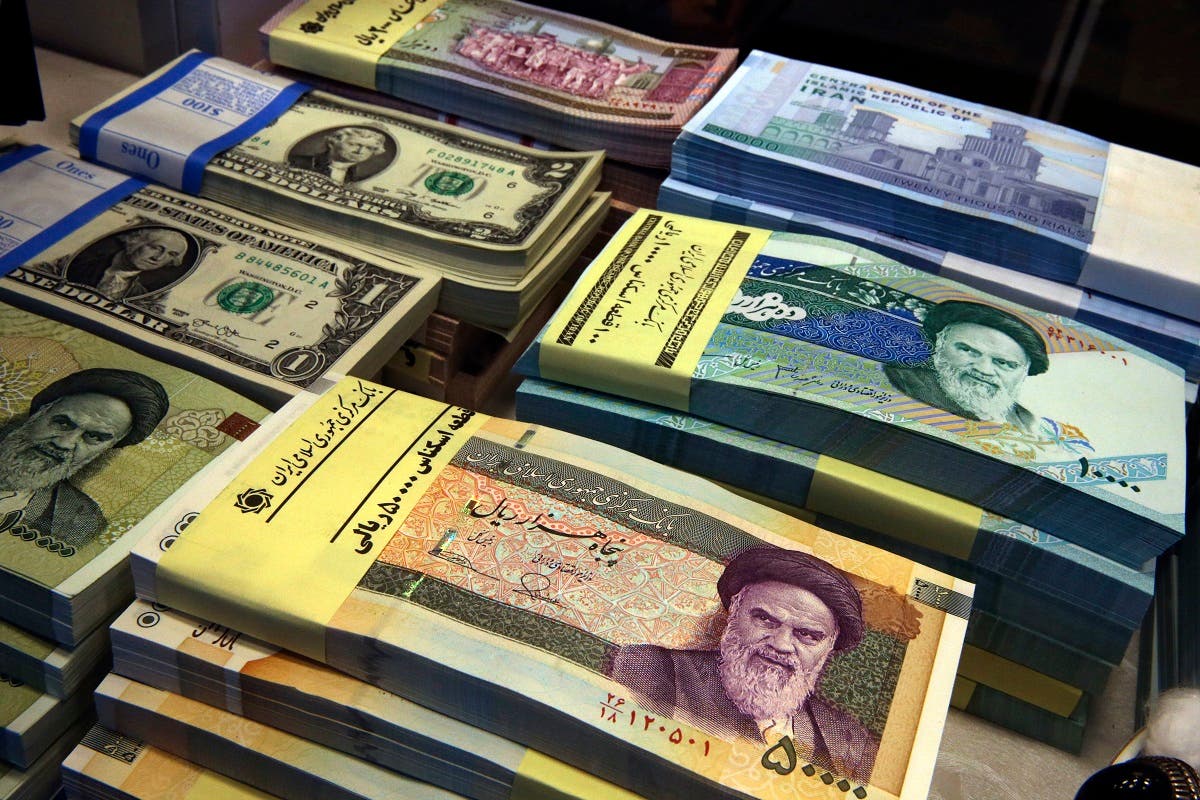The recent prisoner exchange between the United States and Iran resulted in U.S. Navy veteran Michael White returning home on Thursday, June 4. Following this welcomed development U.S. President Donald Trump tweeted, “So great to have Michael home. Just arrived. Very exciting. Thank you to Iran. Don’t wait until after U.S. Election to make the Big deal. I’m going to win. You’ll make a better deal now!”
Iranian Foreign Minister Mohammad Javad Zarif tweeted a seemingly defiant response. “We achieved humanitarian swap *despite* your subordinates’ efforts, @realDonaldTrump. And we had a deal when you entered office. Iran & other JCPOA participants never left the table. Your advisors—most fired by now—made a dumb bet. Up to you to decide *when* you want to fix it.”
First and foremost, Trump’s invitation of Iran for talks is not a change in U.S. policy. It also proves wrong all the mainstream media propaganda, especially pushed by the Iran apologists/lobbyists crowd, about Trump being a warmonger and seeking armed conflict with Iran.
However, we also need to keep in mind that Iran understands very well that Trump’s policy differs from his predecessor, and any negotiations with Trump will not be without significant consequences for the regime’s future.
If the regime in Iran enjoyed the capacity to enter talks with the U.S., it should be doing so now prior to the U.S. presidential election. Considering the coronavirus and social unrest crises in the U.S., Iran’s regime could be considering now a good time to enter talks as Trump is entangled with troubles at home and there is no better time to obtain concessions. Tehran agreeing to talks could provide Trump a political victory prior to the elections and allow Iran’s regime to demand for more concessions.
So why doesn’t Iran enter talks with such a window of opportunity? A subject not discussed in western media is the utterly fragile state of Iran’s regime and the fact that Supreme Leader Ali Khamenei completely lacks the capacity to enter talks with the “Great Satan,” as he likes to call the U.S.
Khamenei’s level of authority is nowhere near regime founder Ruhollah Khomeini, Iran’s previous supreme leader. Khomeini relied on his internal support to give in to ending the 1980s Iran-Iraq war despite his eight-year modus operandi of continuing the war until the very last house in the Iranian capital Tehran. Furthermore, the regime in its entirety is far weaker in 2020 than it was back in 1988.
Khamenei, the current supreme leader, cannot hold together the regime’s ranks and files and internal disputes are escalating with each passing day. Khamenei has lost Qassem Soleimani, a key behind-the-scenes figure during the three years of talks that led to the 2015 nuclear deal with Obama. Soleimani was able to continue Iran’s expansions in the Middle East (thanks to Obama’s appeasement) and thus portray a strong image to help Khamenei convince his dismal social base to follow his blessing of talks that led to the 2015 deal with Washington, known as the Joint Comprehensive Plan of Action (JCPOA).
And again, thanks to Obama’s appeasement, Khamenei was able to obtain a long list of incentives in the JCPOA. These flaws led to Trump’s decision to tear up the nuclear deal in May 2018 and impose crippling sanctions that have wreaked havoc to the regime’s economy, plunging its currency parallel to nearly all its desperately needed oil exports.
Khamenei is also very much concerned about defections from his ranks and files. Twice in recent years he has specifically voiced concerns about defections and disillusionment among the Revolutionary Guards (IRGC), the entity that is supposedly the strongest ideological force keeping the regime in power and missioned to safeguard the regime’s “Islamic Revolution.”
Khamenei has also signaled that a new deal with the U.S. will inevitably result in more deals demanding the regime to scale back on its very pillars of domestic crackdown and foreign warmongering. These are absolute red lines for the mullahs’ regime.
More recently, Khamenei has been preparing his regime for difficult times ahead. He is publicly calling for a “young Hezbollahi government.” In parallel nature, a senior IRGC officer, Mohammad Bagher Ghalibaf, has been selected as the new Majlis (parliament) speaker after a record low voter turnout in February’s parliamentary elections, and Ebrahim Raisi, known for his role in the 1988 massacre of 30,000 political prisoners, is the regime’s judiciary chief. This line-up is no signal of a regime gearing for talks.
And why doesn’t Iran follow North Korea’s lead of entering talks with the U.S. and kicking the can down the road? Quite simple. Pyongyang has the bomb. Iran does not, thanks to decades of revelations made by the Iranian opposition National Council of Resistance of Iran (NCRI), especially the August 2002 exposure of the Natanz uranium enrichment site and the Arak heavy water reactor. Ever since, Iran has been involved in a cat-and-mouse game with the international community in its ongoing drive to obtain nuclear weapons while claiming to only seek peaceful nuclear energy.
All in all, Iran’s is now desperately hoping for Trump to somehow lose in November or at least for the Democrats to gain control of Congress, making Trump a lame duck president for at least two years. This is highly unlikely, to say the least.
Tehran giving in to talks with Washington will portray a very weak image of the mullahs’ regime inside the country. This will without a doubt leave the mullahs’ regime very fragile in the face of an increasingly restive population that is described as a powder keg. The next round of nationwide uprising will dwarf the November 2019 protests that swept over 140 cities across Iran. This is the Iranian regime’s main concern.













